Pierre Vaultier
Pierre Vaultier interview: “There is nothing I regret in my career, everything happened for a reason, good or bad there was always something to learn.”
Two-time Olympic Snowboard Cross Champion Pierre Vaultier talks about the attitude and equipment needed to stay on top of the game.
Pierre Vaultier
Pierre Vaultier interview: “There is nothing I regret in my career, everything happened for a reason, good or bad there was always something to learn.”
Two-time Olympic Snowboard Cross Champion Pierre Vaultier talks about the attitude and equipment needed to stay on top of the game.
By Paul McGee, Feature Writer. Feb 8 2019. All images Red Bull Content Pool
SBX star Pierre Vaultier is a man on a mission.
Some missions are secret.
When the two-time Olympic SBX champion asked me if we could put this interview on hold for a couple of weeks I said sure, no problem. It’s winter, slap bang in the middle of the season: World Champions and Olympic gold medallists don’t retain their status by talking to the media.
But when Pierre Vaultier asked for an extension, he wasn’t thinking about medals and podiums and finish lines. He wasn’t thinking about racing at all.
“This season is a special one for me,” Pierre says.
Hang on a minute. Sochi 2014: gold. Pyeongchang 2018: gold. The 2017 World Championships: gold. Not to mention six SBX Crystal Globes on the FIS Snowboard World Cup circuit. Blimey, it must be special.
“Not many races,” he continues, “and no particular goals on them, except the World Championships in Utah. On the other hand,” he reveals, “I ran a video project with Red Bull and Serre Chevalier at the beginning of this year and this stood as a priority for the ’18-’19 season. It took massive time and energy, that’s the reason why it is hard for me to be competitive.”
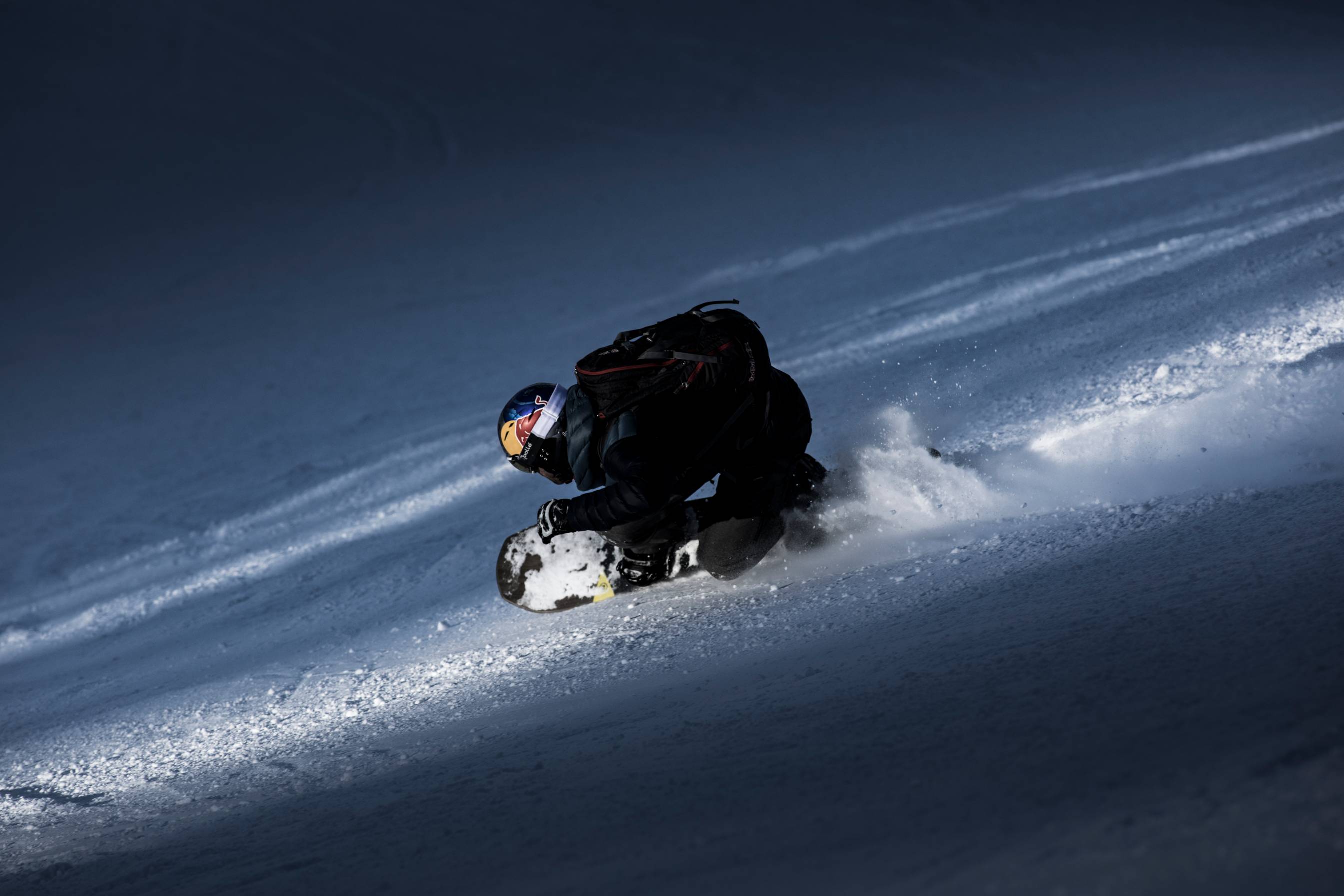
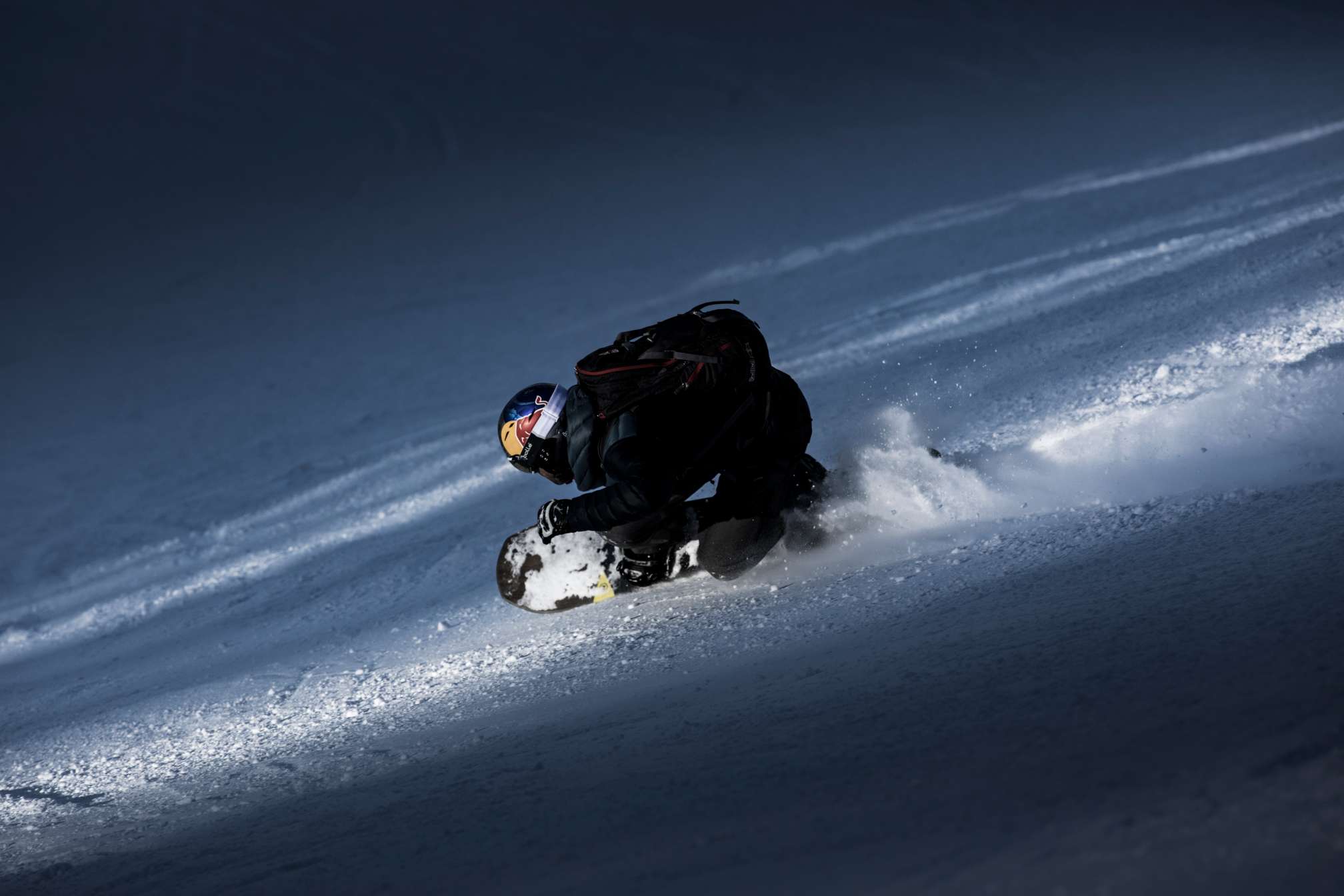
It’s a project the Serre Chevalier boarder cross star has been struggling to keep under wraps. It seems there are prying eyes everywhere.
A recently-leaked video, already viewed more than 4 million times, is more enticing than revealing. Writing on Facebook last week, Pierre said, “It’s hard to remain discreet…You haven’t seen anything yet. Stay tuned!”
In the thirty-second clip, the Olympic SBX Champion can be seen skimming across ice blocks that rise two or three metres above the ground. It is a pump track and it resembles the rooftops of some Arctic city skyline – a perilously narrow one, wide enough to take just one rider at a time. How exactly the track will work isn’t yet known but to use a motor racing analogy: think of a regular snowboard cross track as a circuit around which high speed cars jostle and occasionally collide. Are you with me? Pierre’s new venture is more akin to a dragster run. One racer in a straight line against the clock. I’m speculating but – well, that’s an event I’d watch.
Whatever manifestation this particular snowboard cross track takes, I can’t blame the man for letting it snag his attention.
To say that Pierre Vaultier is easily distracted from SBX racing in its traditional form is unfair though. The Serre Chevalier, France native – born and raised – won the FIS Snowboard World Cup Crystal Globe in 2008, 2010, 2012, 2016 and 2017 and he looked good to defend his World Championship title last weekend in Park City if only he hadn’t crashed during training at the Utah event, an impact hard enough to split his helmet almost in two. [Yes of course I’ve checked up on him – what do you take me for?!] But the fact is, Pierre Vaultier is one of those snowboard cross racers who is constantly sniffing out new challenges. And why not, when he has ticked just about every box in the SBX catalogue?
Even so (covert projects tucked away on the home slopes of Serre Chevalier notwithstanding) Pierre Vaultier likes nothing better than going shoulder to shoulder with his opponents on the biggest snowboard cross stages around the world.

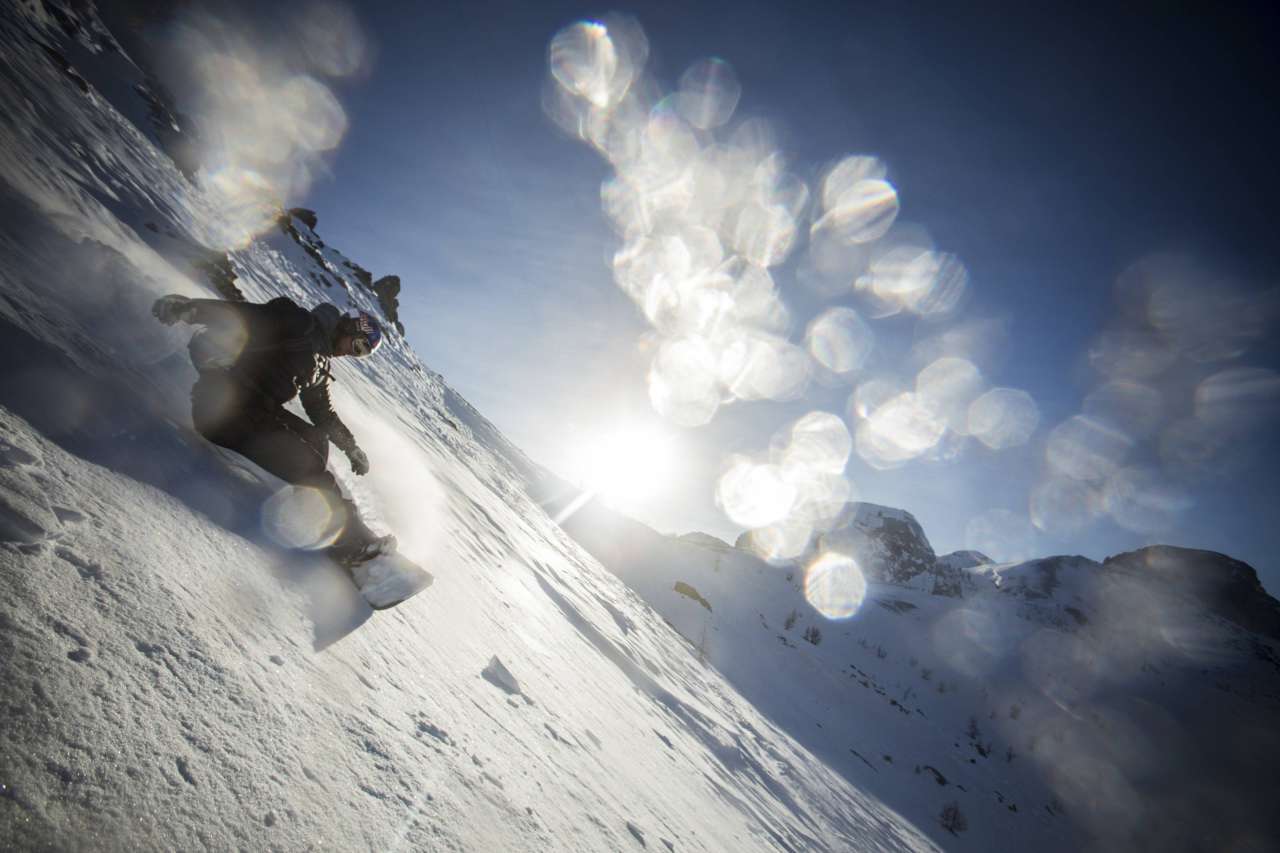
“I started snowboarding when I was five. I went into alpine snowboarding first but it was not really my thing. I knew right away after my first SBX competition when I was 11 that I wanted to do this. Facing my opponents was the way to make me use my instinct to be faster than them.”
Still, watching him take on the Red Bull pump track it’s clear he likes to mix things up a bit – a predilection that is reflected in his equipment. Of course a professional of Pierre Vaultier’s standing is going to pack more than one snowboard. But he also comes equipped with hardware from more than one manufacturer – a concept that’s not common in today’s sponsor-driven environment.
One of Pierre’s closest partners is Nidecker, the Swiss outfit that has been at the sharp end of snowboarding since the sport begun.
“I ride them a lot when I’m not on a SBX course,” Pierre says, which beggars the obvious question – one which I’ll come to. “The very first step of my cooperation with Nidecker was more about bindings. I’ve used Carbon bindings since I stepped into the office in Rolle and started to discuss with the guys and test and develop products for them. Nidecker is not only responsive to the market; Nidecker is one of those brands that builds the sport. The orientations they take are ahead of the trends. The innovations and technology they provide is a witness to their commitment and passion as well as their understanding of snowboarding.”
It is obvious in the way he talks about Nidecker that Pierre has a real affinity for their gear. He has to show enthusiasm of course – sponsors must be respected after all – but as a testament to his veracity you need look no further than his understanding of their field-leading technology and values.
“My best picks by Nidecker are the Tracer, the Rave and the Platinum. I like the Tracer to travel back in time,” Pierre says, beginning a kind of poetic exposition that he seems to excel at, “and at the same time to look into the future. It makes me enthusiastic to feel and use this board with this touch of vintage.”
The Nidecker Tracer. Yes. I want one.
The Nidecker Tracer is a carving machine, with an asymmetrical shape that is designed to work with the rider: the curve radius is tighter on the heel edge. It’s a directional board and reviews are, to put it plainly, positive. White Lines calls the Nidecker Tracer “a true pleasure to ride” and “Just stunning on the groomers.”
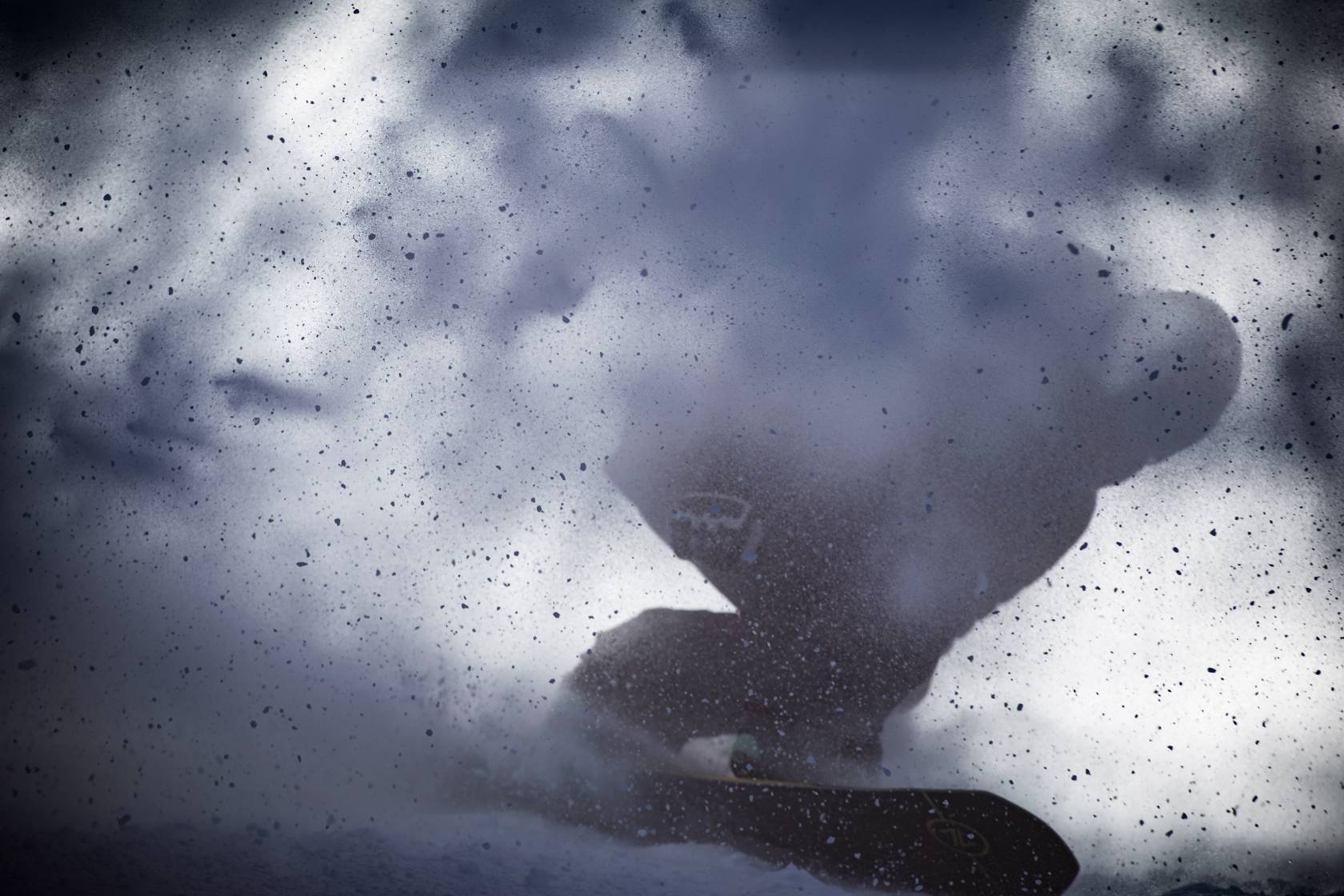
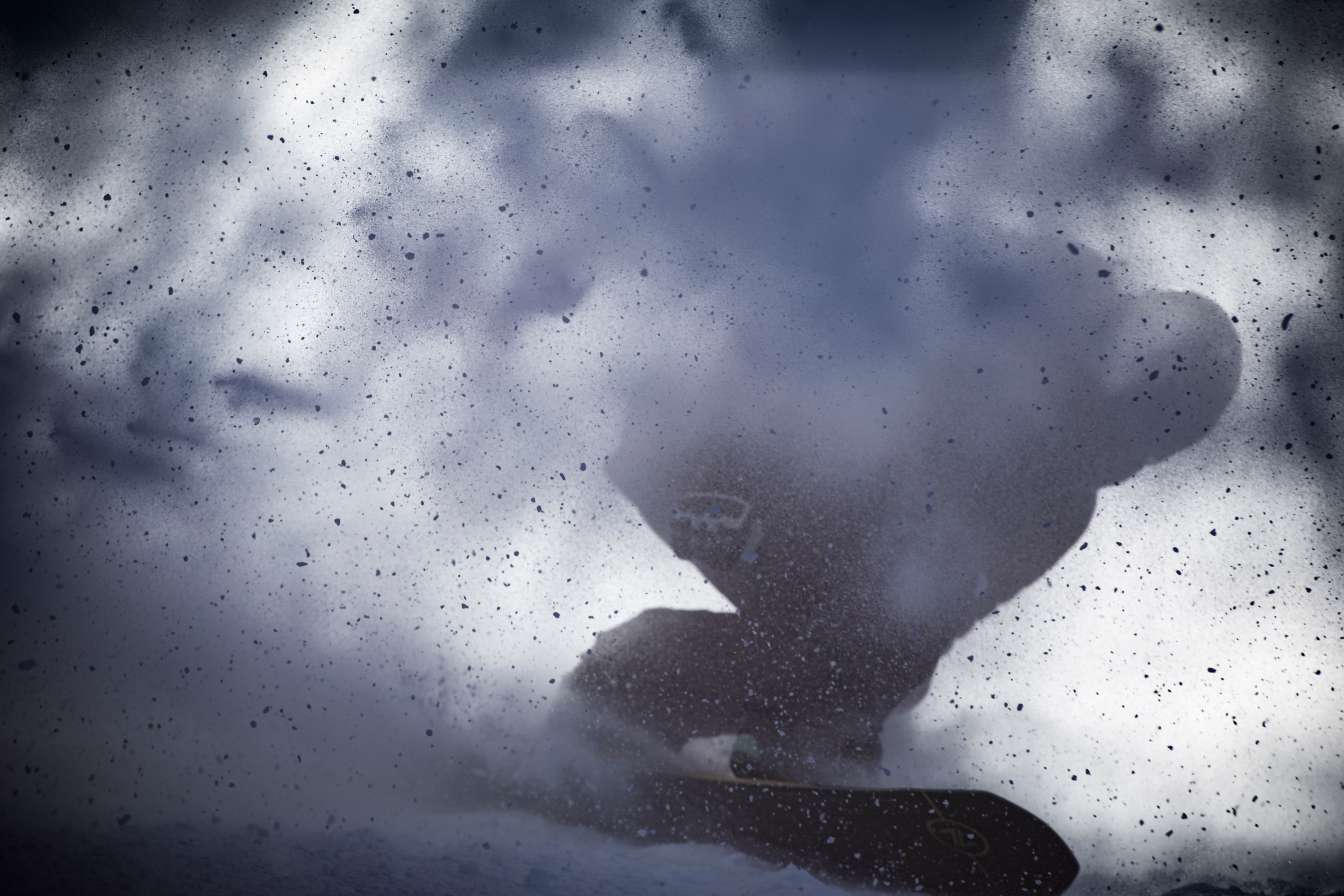
“The Rave is my everyday board,” Pierre continues. “Able to go anywhere and do anything. The Platinum is for more quality days with the possibility of powder turns.”
For a neutral review of the Nidecker Platinum you can watch the team at The Good Ride putting it through its paces last year. For the same guys on the Nidecker Rave, the video is here.
Henri Nidecker started making agricultural equipment in 1887. It wasn’t until the 1970s that the company turned out its first snowboard. Since then, Nidecker has been among the biggest names in snowboard design and engineering, often at the vanguard of the sport’s technological advances.
“Their story inspired me,” Pierre says. “Their hand crafting history is very peculiar and quality is a key word that you can read as soon as you step in their world. We share the same vision.”
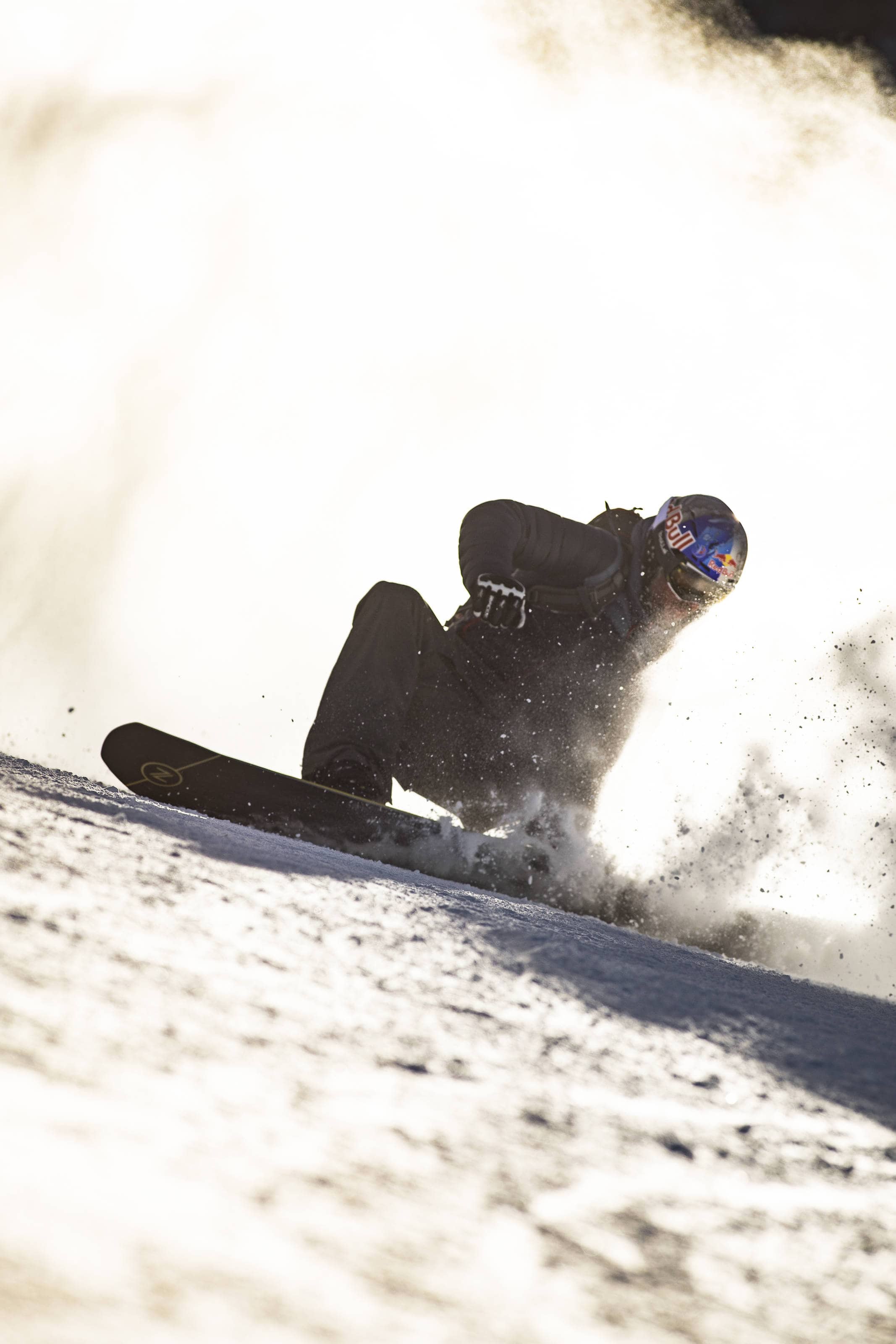
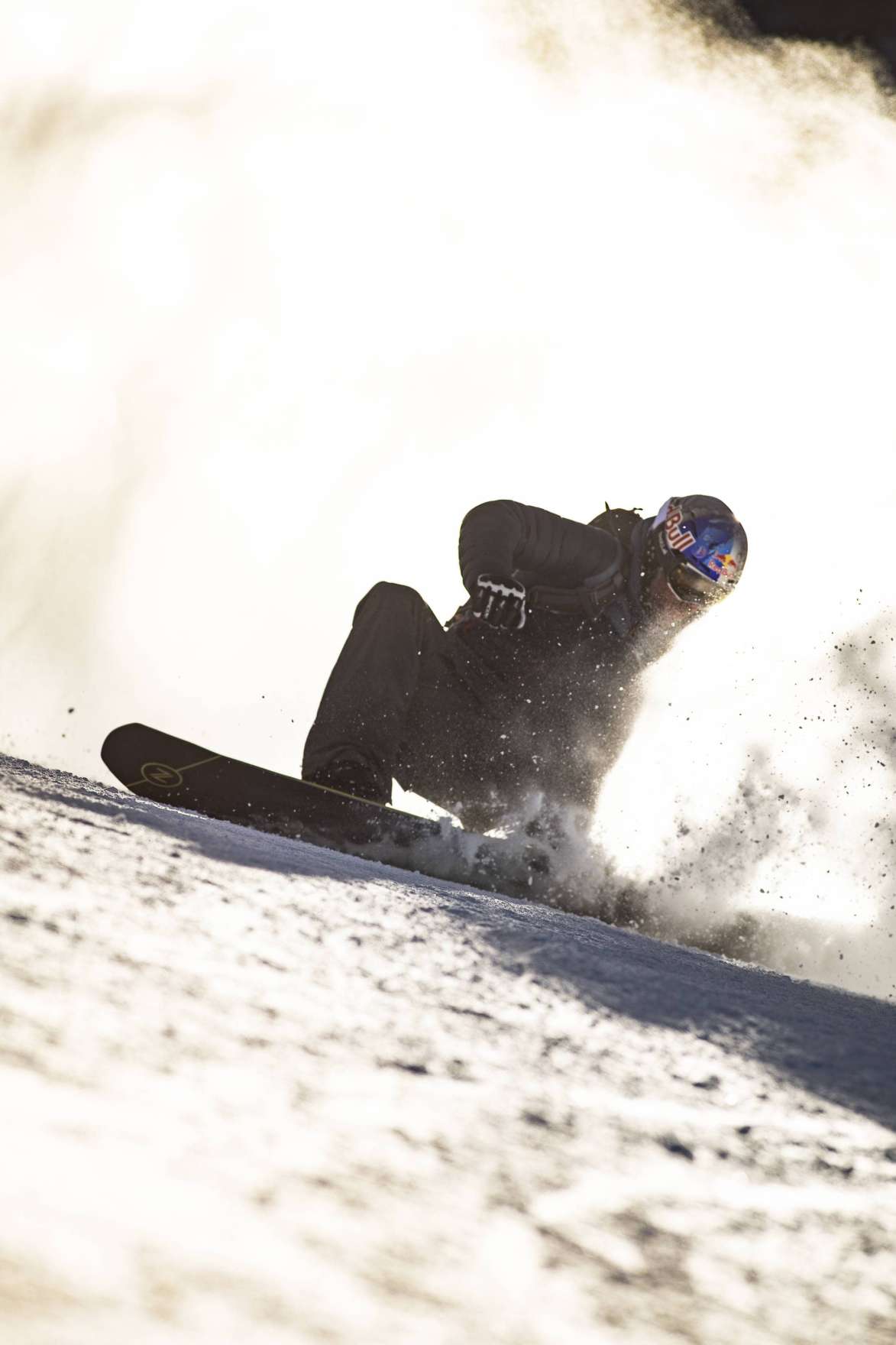
Listening to Pierre Vaultier expounding his beloved Nideckers, it’s easy to drift away and forget his metier: this man is a racer, don’t forget. He likes to go fast and carve precise turns with the kind of control most of us envy. Alright, the Red Bull project doesn’t feature anything in the way of turning, but the elements of control and speed are in evidence.
Snowboard cross racers use a very specific kind of snowboard, one that is much less forgiving than something non-racers might be familiar with.
“What makes it the most different, compared to a regular board, is the flex and the radius. We are using boards that have a radius between 15 and 19 metres, while serial market boards have 8 to 10 metres. That makes it very stable on the edge – but you need strength and speed to run it. The flex is stiffer than other boards. Other minor differences, such as minimal tip and tail for long effective edge, material, base quality and structure, together make a lot. The camber is quite regular and the rocker on the nose matters a lot.”
Specifically the ride that has carried Pierre to so many wins is made by SG Snowboards, across the boarder from Swiss-based Nidecker, in Austria. They are used by Olympians and World Champions alike, including the history-making Ester Ledecká. Yes, they have pedigree and yes, they come highly recommended. Not least by the man who designed one of them.
“My SG board is made for performance. I developed it myself so I love it. However it is not always a pure pleasure riding it because it’s narrow. I’ve optimized the width so that no extra materiel, torsion, vibrations append to the board. Thus I’m not free with my carving possibilities because my boots scrape the snow in high carving angles.”


And like all successful snowboard cross athletes, Pierre Vaultier operates on the razor’s edge of performance. On one side lies the velocity and precision needed to win races, sometimes by a few hundredths of a second. On the other is the abyss: a cataclysm of wrecked equipment and, sometimes, bones.
The first major highlight of Pierre’s adult career came in the ‘07-’08 season and saw the Frenchman scoop the Crystal Globe for SBX. In fact, he finished 3rd overall in the FIS Snowboard World Cup season, which includes halfpipe, big air, parallel giant slalom and parallel slalom as well as SBX.
Then came the crash. Back in Serre Chevalier, training for the next season, Pierre fell and suffered a lumbar fracture in his back. Surgeons at the hospital in Grenoble rebuilt him, but his snowboard cross season was a write off.
Pierre returned with four wins and multiple podiums for the ’09-’10 season and was considered a favourite for the Vancouver Games but failed to medal. The coming few years were quietly impressive – but not stellar.
Then in 2013 a 4th place at the FIS World Championships in Quebec City offered a nod towards what was to come: after tearing his anterior cruciate ligament and racing back to fitness, Pierre took Olympic snowboard cross gold at Sochi, a title he would retain four years later at Pyeongchang. Once again epitomising the razor’s edge of SBX, he battled upright (and back into one of his bindings) after a crash in the semi finals. From out of nowhere Pierre found the 3rd and final qualifying position, and took a decisive win in the Olympic final. The result, etched into his face, squeezed in his clenched fists and enunciated in a scream of euphoria as he crossed the line, was yet another example of a victory hard won.
“Athletes are made to overcome obstacles,” he tells me simply. “And ones they are behind, we figure out that they were here to make us climb higher. There is nothing I regret in my career, everything happened for a reason, good or bad there was always something to learn. But there is something special about SBX: even if you are the fastest and strongest you may not win, and you have to deal with it.”
Perhaps such an affinity with his sport is what gives Pierre Vaultier the pragmatism needed to overcome, to move on. It is an attitude and approach he must employ today as much as ever.
Last weekend Pierre headed to Utah to defend his World Championship title. Some might speculate that his mind was back in Serre Chevalier on the Red Bull pump track, that he lacked the 1/1000 of a second margin of concentration needed when you’re racing at speeds of up to 90km/h.
Understanding the way Pierre Vaultier operates when he is at the red line of his capabilities, that doesn’t quite ring true. He was simply balancing on the thin edge that is his territory. A balance that tips a rider sometimes one way, sometimes the other.
It was only a training run, but Pierre crashed hard, suffering a head trauma and immediately ending his competition. The precious Snowboard Cross World Championship title fell from his grasp.
He reassured me that he’s ‘All good thanks’ – and yes, I breathed a sigh of relief. His helmet is a write off (spawning the genius phrase from Pierre, ‘Split happens’), but the remainder of this season and those that lie ahead in an auspicious career, I suspect, are anything but.

My grateful thanks to Pierre Vaultier for his time and to Thierry Kunz at Nidecker for his assistance in arranging this interview. You can keep up with Pierre at the following feeds:
Pierre Vaultier Website: pierrevaultier.com
Pierre Vaultier Twitter: @pierre_vaultier
Pierre Vaultier Instagram: @pierrevaultier
Pierre Vaultier Facebook: /PVaultier
Related interview: Lindsey Jacobellis
